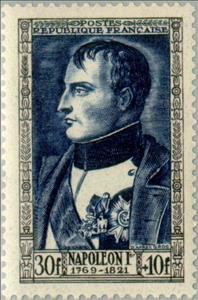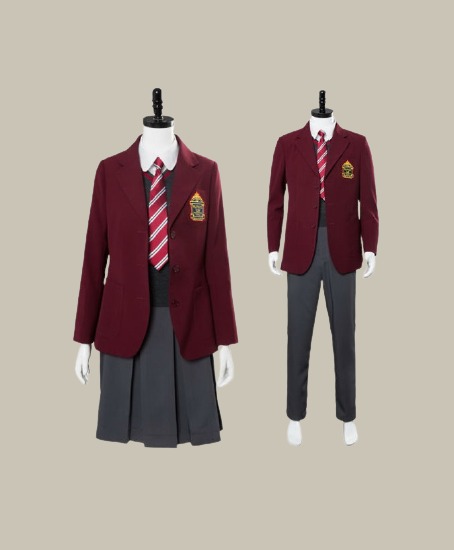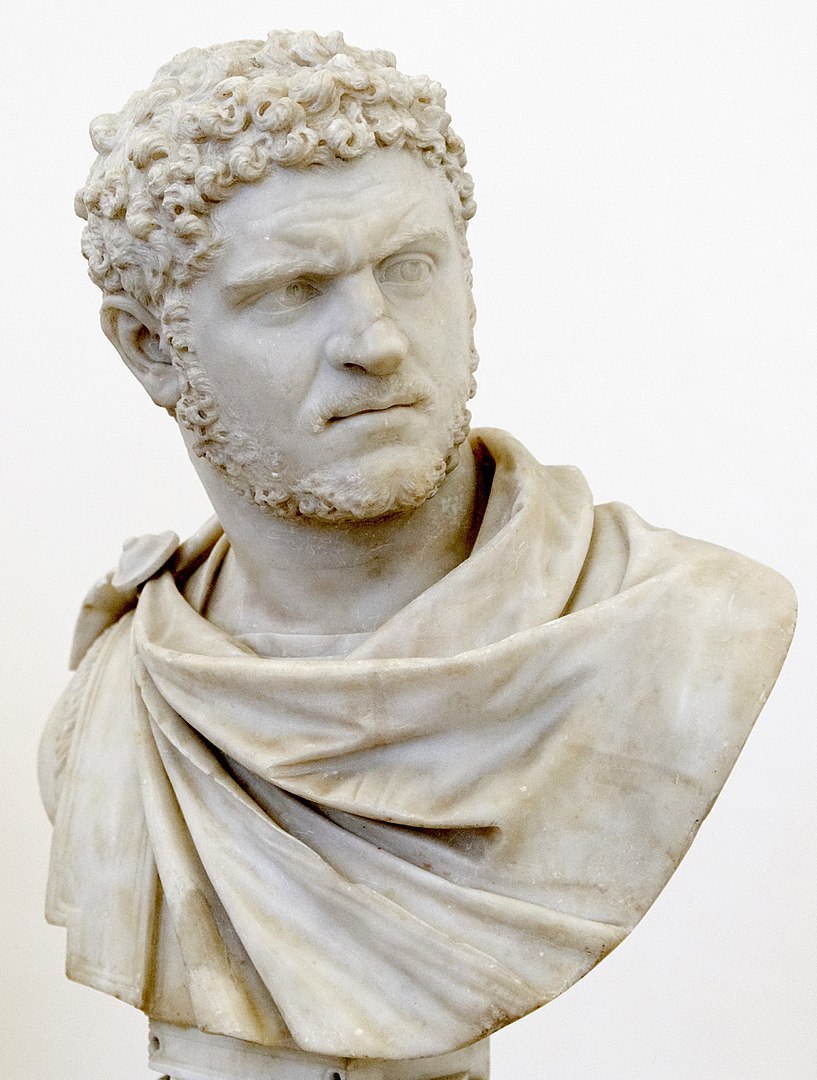Stamp: Napoléon Ier (1769-1821) (France 1951)
Napoléon Ier (1769-1821) (France 1951)
04 June (France ) within release Famous People goes into circulation Stamp Napoléon Ier (1769-1821) face value 30+10 French franc
| Stamp Napoléon Ier (1769-1821) in catalogues | |
|---|---|
| Yvert et Tellier: | Yt:FR 896 |
| Michel: | Mi:FR 914 |
Stamp is vertical format.
Also in the issue Famous People:
- Stamp - Alfred de Musset (1810-1857) face value 5+1;
- Stamp - Eugene Delacroix (1799-1863) face value 8+2;
- Stamp - Gay-Lussac (1778-1830) face value 10+3;
- Stamp - Robert Surcouf (1773-1827) face value 12+4;
- Stamp - Talleyrand (1754-1838) face value 15+5;
- Stamp - Napoléon Ier (1769-1821) face value 30+10;
Stamp Napoléon Ier (1769-1821) it reflects the thematic directions:
A head of state (or chief of state) is the public persona that officially represents the national unity and legitimacy of a sovereign state. In some countries, the head of state is a ceremonial figurehead with limited or no executive power, while in others, the head of state is also the head of government. In countries with parliamentary governments, the head of state is typically a ceremonial figurehead that does not actually guide day-to-day government activities and may not be empowered to exercise any kind of secular political authority (e.g., Queen Elizabeth II as Head of the Commonwealth). In countries where the head of state is also the head of government, the president serves as both a public figurehead and the actual highest ranking political leader who oversees the executive branch (e.g., the President of the United States).
Famous People refers to the fame and public attention accorded by the mass media to individuals or groups or, occasionally, animals, but is usually applied to the persons or groups of people (celebrity couples, families, etc.) themselves who receive such a status of fame and attention. Celebrity status is often associated with wealth (commonly referred to as fame and fortune), while fame often provides opportunities to make money.
A uniform is a variety of costume worn by members of an organization while usually participating in that organization's activity. Modern uniforms are most often worn by armed forces and paramilitary organizations such as police, emergency services, security guards, in some workplaces and schools, and by inmates in prisons. In some countries, some other officials also wear uniforms in their duties; such is the case of the Commissioned Corps of the United States Public Health Service or the French prefects. For some organizations, such as police, it may be illegal for non-members to wear the uniform.
The word emperor (from Latin: imperator, via Old French: empereor) can mean the male ruler of an empire. Empress, the female equivalent, may indicate an emperor's wife (empress consort), mother/grandmother (empress dowager/grand empress dowager), or a woman who rules in her own right and name (empress regnant or suo jure). Emperors are generally recognized to be of the highest monarchic honour and rank, surpassing king. In Europe, the title of Emperor has been used since the Middle Ages, considered in those times equal or almost equal in dignity to that of Pope due to the latter's position as visible head of the Church and spiritual leader of the Catholic part of Western Europe. The emperor of Japan is the only currently reigning monarch whose title is translated into English as "Emperor"
A general officer is an officer of high rank in the armies, and in some nations' air and space forces, marines or naval infantry




